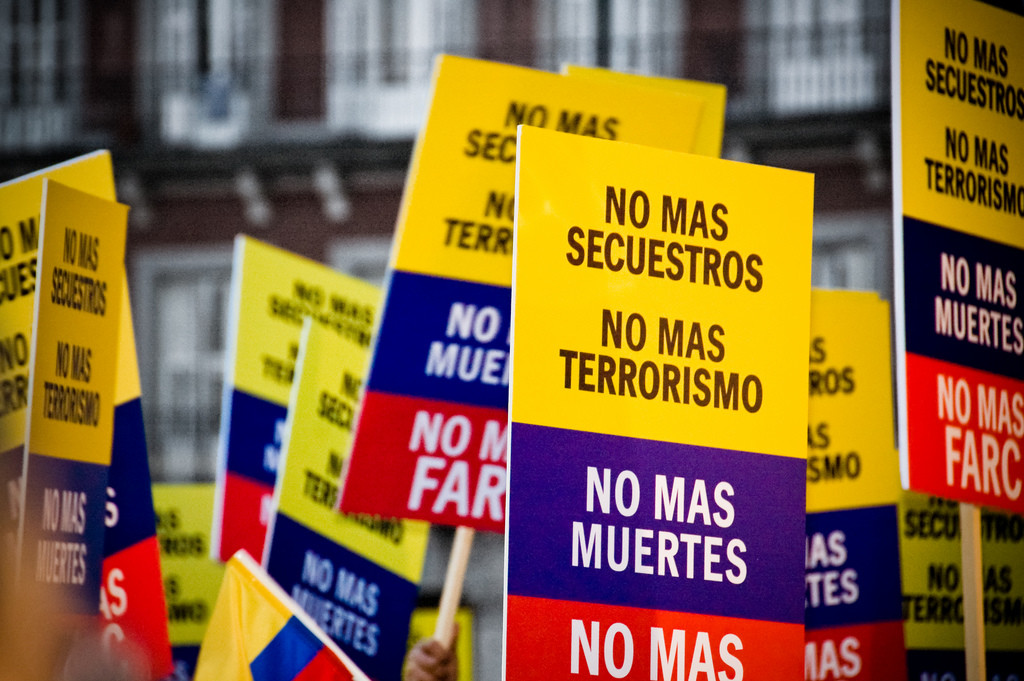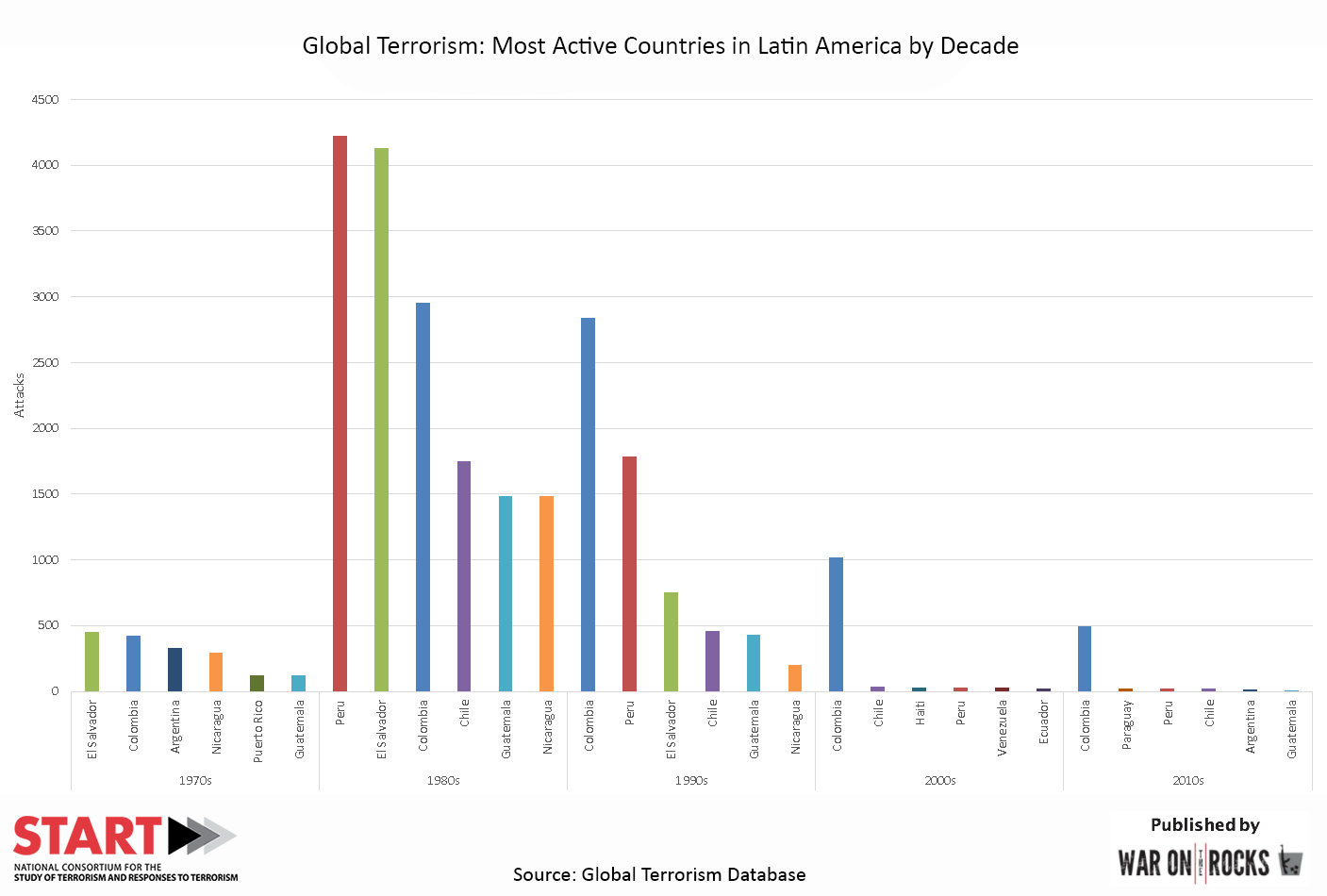Reference




OpenAI's Answer
The impact of terrorism on tourism in Latin America has been significant in various ways. Here's a summary of the key effects:
-
Reduction in Tourist Arrivals: Terrorist attacks typically lead to a decrease in the number of tourists visiting affected regions. Potential visitors often perceive these areas as unsafe, opting to avoid travel to such destinations.
-
Economic Consequences: The drop in tourist numbers directly impacts local economies that rely heavily on tourism. This can result in decreased revenues for businesses, loss of jobs, and overall economic downturns in affected areas.
-
Foreign Investment: Terrorism can deter foreign direct investment (FDI) in the tourism sector. Investors may view regions experiencing terrorism as high-risk, leading to reduced investments in hospitality, infrastructure, and other related industries.
-
Negative Perception and Image: Continuous terrorist activities can tarnish the reputation of entire countries or regions, making it challenging to attract tourists even long after the incidents have ceased.
-
Policy and Security Measures: Governments often have to invest heavily in security and counter-terrorism measures to restore confidence among tourists. While these measures are intended to ensure safety, they can also increase operational costs for tourism-related businesses.
Key Case Studies
-
Colombia: During periods of intense guerilla warfare and drug cartel violence, Colombia saw a significant decline in tourism. However, with successful peace negotiations and improved security measures, the country has been able to rejuvenate its tourism industry in recent years.
-
Peru: The activities of the Shining Path (Sendero Luminoso) in the 1980s and 1990s severely affected tourism. The government’s efforts to combat terrorism and improve security have been essential in revitalizing tourism.
Research and Reports
-
ProQuest Study: A study found that the tourist sector in Latin America was highly susceptible to negative influences from terrorist violence, causing reduced tourist arrivals (source).
-
ResearchGate Analysis: This analysis suggests that terrorist attacks have serious economic consequences in the region by impacting tourism and foreign investment (source).
Visual Insights
These illustrations provide an understanding of how tourism interest and terrorism activities have fluctuated over time in Latin America.
In conclusion, terrorism significantly affects tourism in Latin America by decreasing tourist arrivals, impacting local economies, reducing foreign investment, damaging the global perception of safety, and necessitating increased security measures.
Follow Up
Related
Who were the presidents of the Geological Society of America from 1926 to 1950?
What is the title of the book where Sammy Goes to America, published in November 1951?
Who held the presidency of the Geological Society of America in 1985?
Which players made the First Team in the 2021 Academic All-America team?
